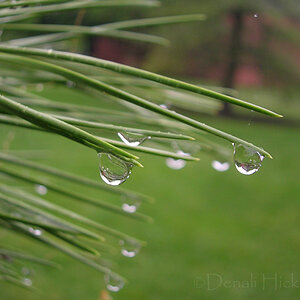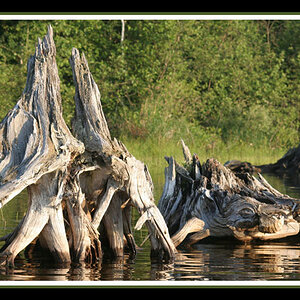hao
TPF Noob!
- Joined
- Jul 10, 2009
- Messages
- 12
- Reaction score
- 0
- Location
- Vancouver, BC
- Can others edit my Photos
- Photos OK to edit
I guess this question has been raised before for many times. Please dont blame me if it is an easy-easy question.
Today, I was trying to shoot a whole bunch of tree with the dusk sky as the background. I got so frustrated in that I got either "underexposed trees with good sky"(metering the sky) or "overexposed sky with good trees" (metering the trees). How do you fix this to get a good picture in this case? thanks for your input.
Another question is: how to get vivid colors in ur pictures right in camera (no photoshop)? thx
Today, I was trying to shoot a whole bunch of tree with the dusk sky as the background. I got so frustrated in that I got either "underexposed trees with good sky"(metering the sky) or "overexposed sky with good trees" (metering the trees). How do you fix this to get a good picture in this case? thanks for your input.
Another question is: how to get vivid colors in ur pictures right in camera (no photoshop)? thx


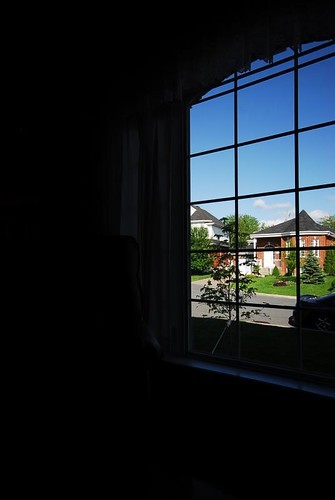
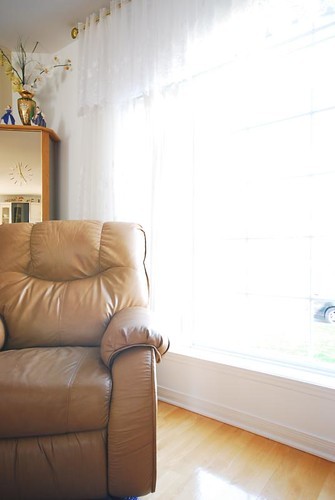

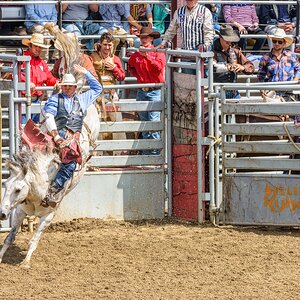
![[No title]](/data/xfmg/thumbnail/41/41781-7dcfd2ee71d4a453b4ad9fb5c7e723f1.jpg?1619739890)
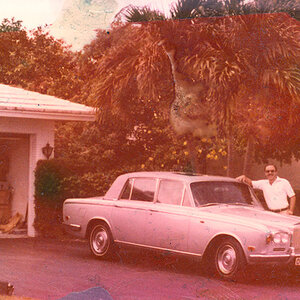
![[No title]](/data/xfmg/thumbnail/41/41782-daa26990361bf4193a874908bda10dbb.jpg?1619739891)
![[No title]](/data/xfmg/thumbnail/40/40285-2ce5915035c220ccb3485030863b62d0.jpg?1619739408)
